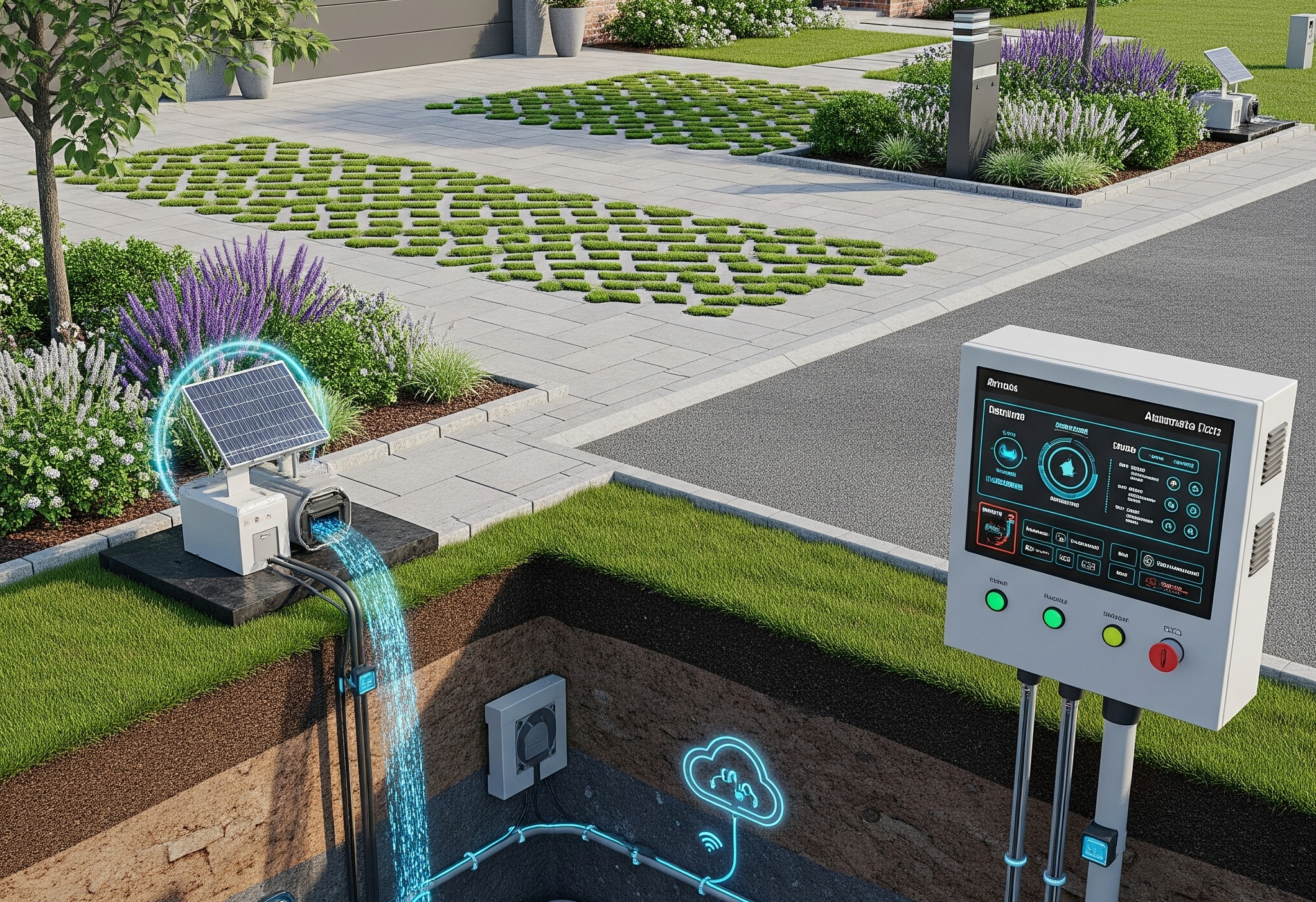High-Tech Drainage Solutions

Modern infrastructure and climate shifts demand smarter, more efficient water management systems. That’s where high-tech drainage solutions come in. These systems go far beyond traditional methods, integrating technology, sustainability, and engineering precision to manage stormwater, prevent flooding, and enhance property value. Whether you’re a homeowner or a property developer, staying informed on the latest drainage technologies can save you time, money, and environmental stress.
The Evolution of Modern Drainage Systems
Drainage solutions have evolved dramatically over time. In ancient civilizations like Rome, aqueducts and stone channels directed excess water away from settlements. Fast-forward to today, and we have AI-driven monitoring systems that predict blockages before they occur.
Historically, systems focused solely on redirecting water. Now, they’re designed to collect, filter, and even reuse it. Key innovations include:
- Smart water sensors that provide real-time data.
- Permeable surfaces that absorb rainwater naturally.
- Stormwater recycling that feeds into irrigation or plumbing systems.
This shift from reactive to proactive technology makes modern drainage systems not just smarter, but far more sustainable.
High-Tech Drainage Solutions for Residential Properties
In homes, drainage systems are no longer just a network of pipes and gutters. Modern homeowners now have access to:
1. Smart Gutters and Downspouts
These use sensors to detect clogs, measure flow rates, and alert homeowners via a mobile app. They can even be programmed to adjust based on rain forecasts.
2. Pervious Pavements
Driveways, walkways, and patios made of pervious concrete or pavers allow rainwater to seep through instead of running off. This reduces erosion and flooding risks.
3. Subsurface Drainage with Monitoring
Advanced systems now include buried piping with pressure and flow sensors, sending diagnostics in real-time to prevent backups or failures.
4. DIY-Friendly Modular Drainage Kits
Pre-assembled and customizable systems are available for garden and lawn drainage, integrating with home automation platforms like Google Home or Alexa.
Commercial-Grade Drainage Innovations
Larger properties face more complex water management issues. Commercial-grade systems now include:
1. IoT-Integrated Stormwater Systems
Internet of Things (IoT) sensors monitor rainfall, water flow, and blockages, automatically adjusting valves or pumps to mitigate flooding.
2. Modular Stormwater Basins
These underground units can be scaled based on building size, reducing surface runoff and storing excess water for later use.
3. Self-Cleaning Filters
Installed in catch basins or drains, these use UV light and rotating brushes to eliminate debris and prevent clogging automatically.
4. AI-Based Predictive Drainage
Some businesses use AI models trained on local weather data to anticipate drain failures and optimize maintenance schedules.
Eco-Friendly Drainage Approaches
Sustainability is now a cornerstone of high-tech drainage design. These eco-conscious solutions manage water responsibly while promoting environmental health:
- Rain Gardens: Shallow, planted areas that absorb runoff from roofs and driveways.
- Green Roofs: Roofs covered in vegetation, absorbing rainfall and insulating buildings.
- Rainwater Harvesting Systems: Store and purify stormwater for landscape irrigation or toilet flushing.
- Bio-Swales: Vegetated channels that filter contaminants and slow down runoff.
These approaches not only mitigate flooding but also beautify spaces and support biodiversity.
Trenchless Drainage Technologies
Replacing or upgrading pipes no longer requires digging up your yard or street. Modern trenchless techniques include:
1. Pipe Bursting
Old pipes are fractured and replaced with new ones using a bursting head. Minimal surface disruption.
2. Slip Lining
Inserts a new pipe into the old one, sealing leaks and extending lifespan.
3. Cured-in-Place Pipe (CIPP)
A resin-soaked liner is inserted into a damaged pipe, then cured with steam or UV light to create a “pipe within a pipe.”
Conclusion: Embracing the Future of Drainage Systems
As we move further into an era of rapid urbanization and climate variability, the need for smarter, more sustainable, and technologically advanced drainage solutions has never been greater. From high-tech residential systems to eco-friendly commercial innovations and trenchless repair methods, the drainage industry is undergoing a remarkable transformation.
These modern systems do more than just direct water — they protect properties, conserve resources, and minimize environmental impact. Whether you’re a homeowner dealing with heavy rainfall or a commercial developer planning complex infrastructure, the right drainage technology can make all the difference.
But even the best systems require proper installation and ongoing maintenance to perform at their peak. That’s why partnering with professionals who understand both the science and the service of drainage is key.
In summary, embracing modern drainage isn’t just about convenience — it’s about safeguarding the future of our built environment. The smarter our systems become, the better we can prepare for whatever nature throws our way.



